"How soon can you play badminton after recovering from COVID-19? Don’t fall for rumors—here’s the answer from sports authority experts! Plus, the World Health Organization shares tips on how to safely resume exercise after recovery."

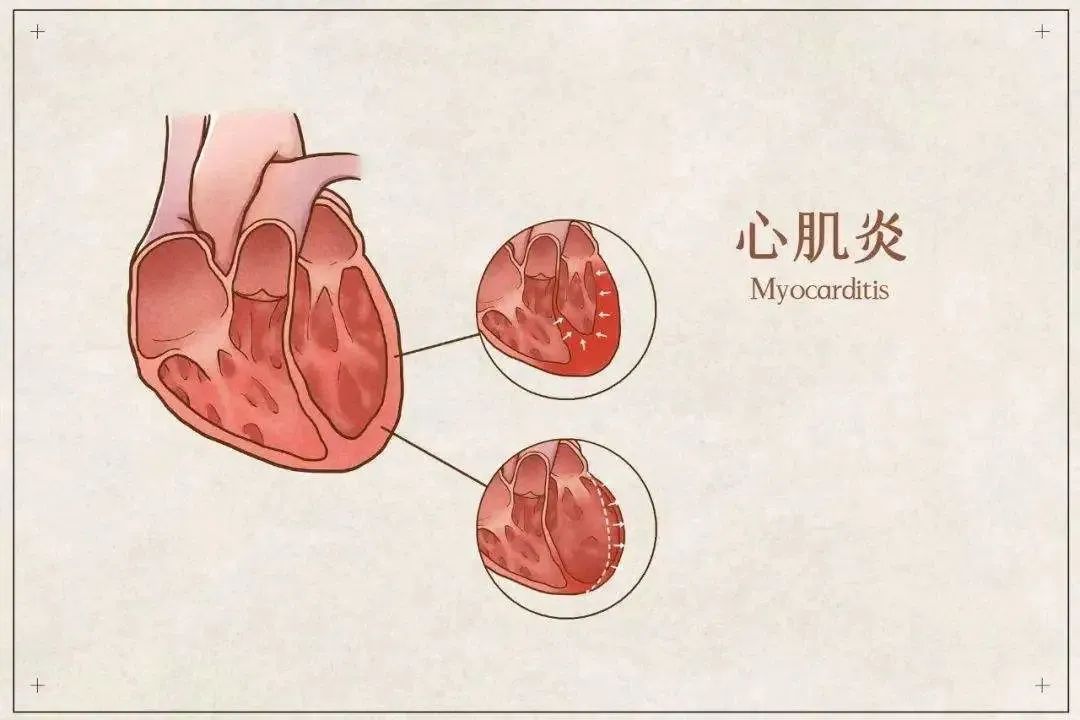

#Could I Develop Myocarditis?#

Recently, the claim that "immediately resuming exercise right after recovering from COVID-19 can increase the risk of myocarditis" has been circulating on social media.
Experts explain that if myocarditis does occur after recovering from COVID-19, it’s usually because the virus directly invaded the heart muscle during the initial infection—rather than being directly linked to exercise itself. At most, physical activity could merely serve as a trigger that sets off the condition. "Moreover, our previous research has already shown that while the coronavirus can be detected in heart tissue, the positive rate isn’t particularly high. In other words, such cases are actually quite rare, which means the claims circulating online are, in fact, somewhat misleading."
"Viral infection of the heart muscle results in viral myocarditis, while if the virus targets the lungs, it leads to what we’ve heard so much about over the past two years—viral pneumonia," the expert added during the interview. "So it’s not just COVID-19; influenza viruses can also trigger myocarditis. If you experience unusual or severe symptoms like palpitations and chest tightness after falling ill, it’s a good idea to visit a hospital for a specialized checkup. However, most people don’t need to worry about this at all."

#How to Exercise After Testing Negative?#
Expert: Always take it step by step!
Experts say that after recovering from COVID-19, many people will need one to two weeks for their physical condition to return to pre-infection levels. They recommend avoiding intense exercise during this period. Some individuals who have recovered resume work immediately and dive right into demanding, busy tasks—but even then, they may still feel slightly fatigued or even dizzy, indicating their energy levels haven’t fully rebounded yet. In such cases, it’s best to steer clear of strenuous activities and instead adopt a gradual approach, slowly ramping up physical activity back to previous levels. And whenever you start feeling tired, make sure to take a break right away.
Experts recommend that individuals in the recovery phase engage in gentler forms of exercise, such as radio gymnastics, fitness routines, Ba Duan Jin, and brisk walking—activities that are actually better suited than short bursts of high-intensity interval training. On the other hand, more competitive sports like soccer, basketball, badminton, or long-distance running should be temporarily put on hold. While it’s fine to gradually reintroduce light, early-stage recovery exercises, these shouldn’t be intense, and it’s important to keep session durations moderate.

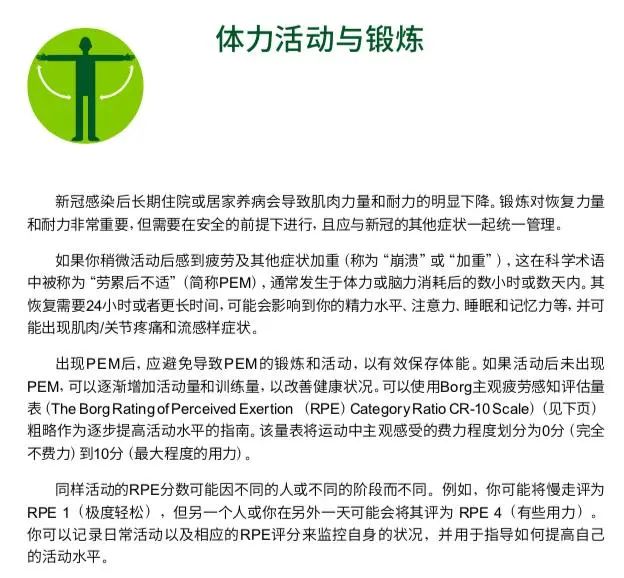
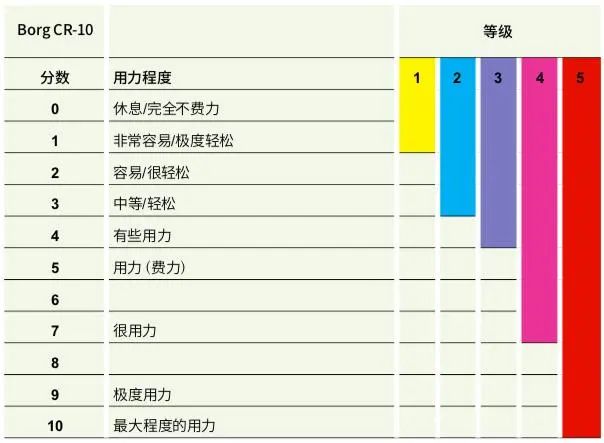


Related Articles
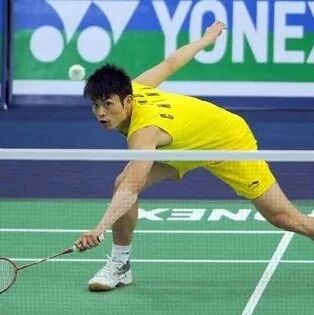
How to exercise after recovering from COVID-19? Here are some science-backed fitness tips for sports enthusiasts—make sure to save this!
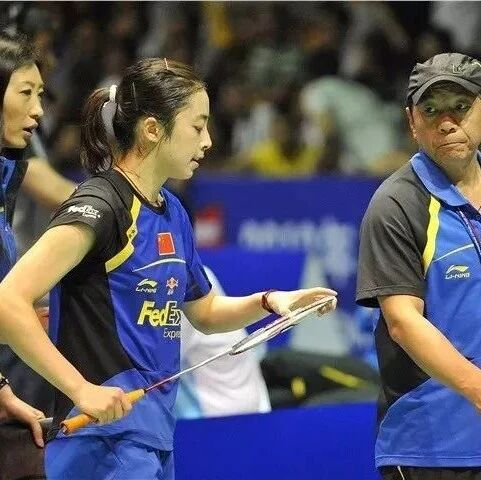
12 Correct Stretching Techniques for Playing Badminton!
